
More than a century ago, a ship was traveling through heavy seas off the coast of the Aegean island of Antikythera. It was carrying sponge divers, and it had to take refuge in the island’s harbor. When the sea became calmer, the sponge divers dove off the coast and happened upon a 2,000-year-old shipwreck that is believed to be Greek.
In addition to the jewelry, coins, pottery, and statues made of bronze, they also found an artifact that would change the entire perspective of history in the Mediterranean Basin. It consists of 82 pieces of corroded bronze, but was deemed too delicate to study until the early 1950s.
Derek J. de Solla Price, a physicist, and professor at Yale University, was the one to turn his attention to it during that time. He employed the most advanced technology available to him, the X-ray machine, to attempt to discover its origin and purpose, but it still wasn’t able to give him any definitive answers.
It would be almost another quarter of a century before any more information on the Antikythera Mechanism would come to light. Price studied it once again, this time in conjunction with a Greek nuclear physicist named Charalampos Karakalos. They performed X-ray and Gamma-ray tests on the mechanism in 1974, and published a paper that listed the mechanism’s gear settings and inscriptions.
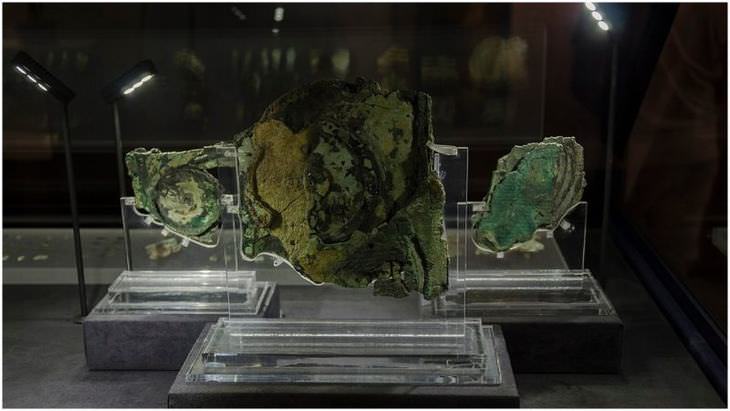
The Antikythera Mechanism is believed to have been manufactured in around 87 BC. This date correlates with the dates of the coins found onboard the shipwreck, which are likely to have come from the ancient Greek city of Pergamon. Although it was first thought to be an astronomical clock, the mechanism is actually far too sophisticated when compared to other astronomical clocks of the time.
The mechanism’s pieces are made from a low-tin bronze alloy, and the inscriptions are written in Koine Greek, making it safe to assume that it was manufactured in Greece. Another mystery is why the mechanism was on a cargo ship in the first place, but the most pervasive theory hypothesizes that it was booty taken by the Romans from the Greek islands.
Back in 2005, the Antikythera Mechanism Research Project commenced. It’s an international association of researchers backed by the National Archaeological Museum and the Hellenic Ministry of Culture in Athens, where the mechanism now resides.
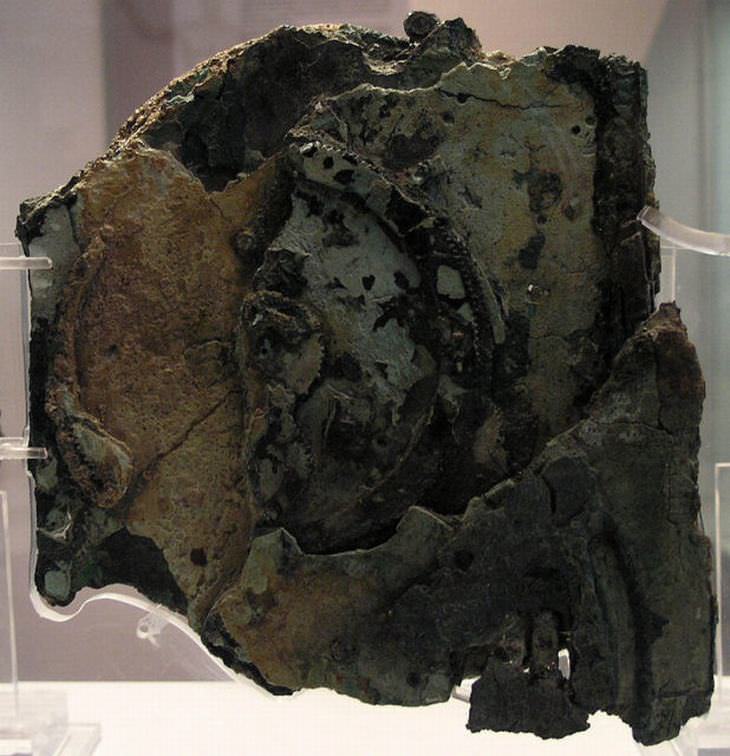
Assistance in the field of advanced digital imaging is also being provided by Hewlett Packard and X-Tek Systems. Some of the technology that has been employed to uncover the Antikythera Mechanism’s mysteries includes a microscopic X-ray device that allowed researchers to make out the minute details of the writing and gears.
The mechanism has been named the world’s first computer, because researchers determined that it was created to study astronomical phenomena using a mechanical, computer-like system that shows the cycles of the solar system. Its design incorporates the standard theories of astronomy and mathematics that were prevalent at the time of its creation.
Many professors have expressed their sentiments on just how extraordinary it is due to its uniqueness and precise astronomy. There are some who even believe that it’s even more valuable than the Mona Lisa. Two professors, who studied the mechanism for years, found that the mechanism’s date was set to begin in 205 BC.
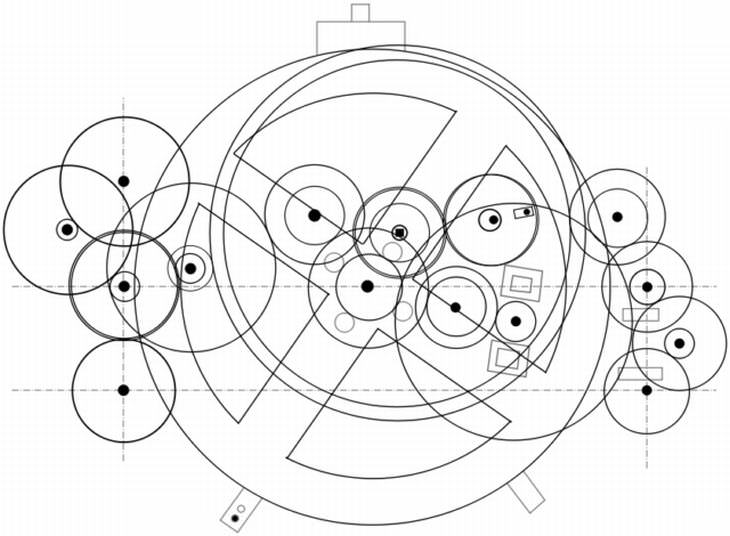
The mechanism has a dial with a fixed ring on the front representing the ecliptic, with the 12 signs of the zodiac marked in 30-degree sectors. This is in line with the Babylonian custom of assigning 1/12th of the of the ecliptic zodiac sign without accounting for the variables in constellation boundaries.
There’s also a movable ring that indicates the months and days of the Sothic Egyptian calendar – 12 months of 30 days, plus five extra days distributed throughout the year. The mechanism is worked by turning a small hand crank into the largest gear, which was linked to a crown gear that moves the date pointer on the front dial to set the correct day.
Furthermore, turning the hand crank would also cause interlocked gears inside the mechanism to rotate, causing simultaneous calculations of the position of the sun and moon, the moon phase, eclipse and calendar cycles.
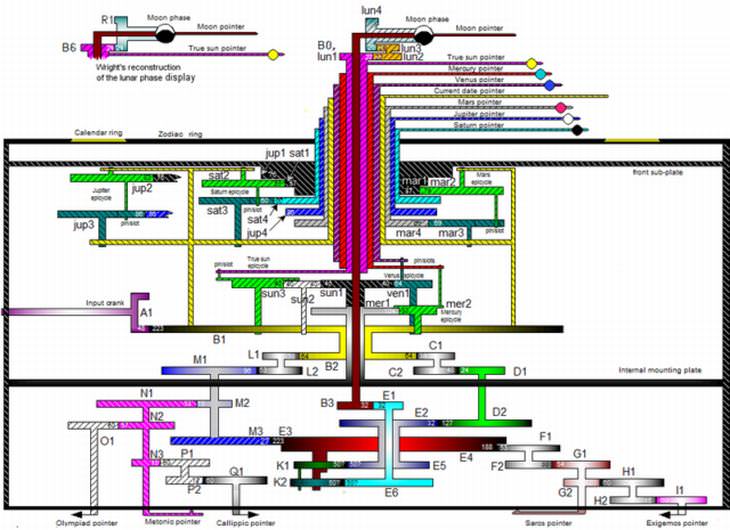
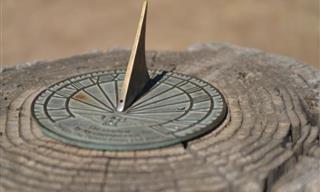
4 Ways to Tell Time Without a Watch
Phone battery died? These methods will help you tell the time by relying solely upon the sun - no watch needed!

These Gorgeous 18th Century Cabinets Have Secrets...
These 18th century creations of furniture and mechanism take utility and art and mix them together to create something amazing.

Take an Interactive Tour of Our Colossal Milky Way Galaxy
Fly Through the Milky Way Galaxy!
 13:55
13:55
The Disappearing Computer: Revolution on a Personal Scale
What happens when we lose the physical large computer all together? This lecture explains what ahead for computers.

This 81-Year-Old Japanese Woman Has Developed Her Own App
Masako Wakamiya's story is remarkable. This self-taught programmer first picked up a computer at age 60. Now aged 81, she has just released her own iPhone app.
 5:34
5:34
So this is How a Day as an Ancient Greek Architect Was!
Travel back in history and learn all about the life of an ancient Greek architect in this video.

Cuticle Oil: What It Is and How to Make Your Own
Cuticle oil is a skincare product that can work wonders for the health and appearance of your nails and the skin surrounding them. You can purchase ready-made cuticle oil in stores or online, but making it at home is simpler than it seems.

Thyroid Pain: What to Look for and When to Go See a Doctor
Thyroid pain is an uncomfortable sensation that many people struggle to identify, often mistaking it for other neck or throat issues. Understanding what thyroid pain feels like and when it requires medical attention can help you catch potential healt

These Photos Prove: Time & Angle Make All the Difference!
These fascinating comparison photos highlight what a huge difference time angle can make!
 16:36
16:36
15 Unusual Musical Instruments From Around the World
These are perhaps the most peculiar musical instruments you could possibly imagine.

These Fun Charts and Guides Teach You Tons of Cool Stuff
These charts and guides will come in handy. Save them!

9 Surprising Sleeping Habits From Around the World
Sleep looks different in different parts of the world. Here are 9 surprising sleeping habits from different countries, some of which you might want to adopt.

10 of the Weirdest Things Discovered at Airport Security
Here is a collection of ten of the weirdest things that airport security officers have found when on the job.
 10:06
10:06
This Fascinating Video Explores the Origins of Mankind
This video will explain exactly what our prehistoric ancestors used to get up to. Fascinating!

7 Creepy Historical Facts You Won’t Soon Forget
These true historical facts prove reality can be more creepy and disturbing than any ghost story.

16 Absolutely Unforgettable Historical Photographs
Take a peek at these unforgettable 16 photos, and see history from a brand new perspective.

Improve Your Critical Thinking Skills with These Great Tips
If you want to improve your critical thinking skills then you should take a look at these fantastic tips.
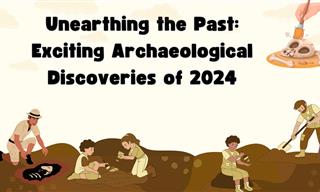
The Most Exciting Archaeological Discoveries of 2024
Let’s dig into the most fascinating archaeological moments of 2024.

These Crazy Pawn Shop Stories Will Have You in Stitches
Check out these weird and hilarious stories that pawn shop workers have encountered over the years.

How About Learning Some Fun SLANG From Colonial Times?
Here are 14 fascinating words from Colonial times that sadly didn’t survive until the present days, but we certainly think they’re worth bringing back!

20 Things Most People Think Are the Same, But Aren't!
These words are often mistaken for synonyms, but in reality they are nothing of the sort, because they refer to different things. Learn about 20 of them.,

These 10 Facts Prove Amelia Earhart Was Extraordinary
To cleberate the legacy of the pioneer aviator, we gathered 10 fats on the life of Amelia Earhart you must know.

8 Shocking Items Unearthed During a Home Renovation
If you’re planning a home renovation, be prepared for the unexpected, as you may dig up some pretty surprising things, like the people in these 8 cool stories

Baby Names That are BANNED Around the World
These 14 names, some bizarre and some fairly ordinary, have been rejected or even outright banned in countries around the world for different reasons.

Ruby Chocolate is More Than Just Its Pretty Pink Color
Ruby chocolate, the "fourth type of chocolate", has been gaining a lot of attention of late. Is it really a different type of chocolate?

Discover What These Famous People Had to Say
Famous people, in addition to leaving us with their contributions to the world, also left us with many great quotes. Here are 20 quotes from famous people.
 19:02
19:02
Hitler's Olympics: The 1936 Berlin Olympic Games
When the Olympics became a Nazi showcase.

15 Common Words You Are Pronouncing WRONG
Here is a list of some of the most common English words that are generally mispronounced by a majority of us.

Famous Moments in History that Never Happened
Chances are you've accepted these nine occurrences as historical fact. But, they are actually, completely false.

These Nutrition Apps Will Help You Lead a Healthy Life
These free food and nutrition apps will help you lead a healthy lifestyle.

12 Genius Ancient Chinese Inventions We Use to This Today
In this article, we'll focus on 12 surprising everyday items we all use that got their start many centuries ago in Ancient China...
 8:36
8:36
Take a 4K, Vivid Walk Through the Streets of 1911 New York
Watching this 110 year old restored video if New York actually feels like a glimpse to a time long gone.

11 Legendary Military Rulers of the Ancient Past
The annals of history are rich with leaders who earned great renown for their courage and skill in battle. These illustrious kings and generals have won eternal renown due to their courage and brilliance.

Eccentric Rulers: 6 Bizarre Monarchs Throughout History
These eccentric monarchs throughout history have quite a story to tell...

In the 1800s, They Thought We'd Be Living Like This Today?
The European artists who created the postcards below were asked to predict what life would be like in 2000.
 3:25
3:25
Classic Comedy: This 1950's Ventriloquist Was a Genius...
This ventriloquist is renowned for his speed, skill and grace. Take a look:
 4:10
4:10
It's Time to Learn All About Ancient Mesopotamia
Learn all about Ancient Mesopotamia, once known as the 'land between two rivers,' in this informative video.

10 Unmissable Historical Fiction Novels You Must Read
If you’re a fan of history, then these books have to be on your to-read list.

How I Would Love to Walk in New York of a Century Ago
These images of old New York, supplied by the Library of Congress, give us an idea of what life was like in the early 1900s in this city.
 1:40
1:40
The Man Who Saved 669 Children
Sir Nicholas Winton organised the rescue and passage to Britain of about 669, Czechoslovakian children, mostly Jewish, destined for the Nazi death camps before World War II in an operation known as the Czech Kindertransport. This video is the BBC Pro

Let’s Learn About 7 of the Longest Words!
Did you know that the longest word to appear in literature clocks at a staggering 183 letters? Find out about more such longest words.

17 Historical Photos That Tell Unforgettable Stories
We’ve gathered 17 fascinating photos and facts that offer a unique glimpse into the past.
 20:10
20:10
The Incredible Story Behind the Taum Sauk Dam Failure
It’s a story of failure, recovery, and hard lessons in the power of infrastructure—and the price of overlooking risk.
 3:34
3:34
Inspiring: 80-Year-Old Holds Guinness Record for Planking!
Meet Annie Judis, the 80-year-old who became the oldest person to hold an abdominal plank earlier this year.

20 Compliments to Show Your Friends You Appreciate Them
Our friends deserve to be appreciated from time to time. These compliments will surely make them smile.

This Dog Saved Her Owner From Certain Death!
This dog proved her love for her owner in an amazing way: she used her incredible sixth sense to help save the woman's life.

The Story Behind One of History's Coolest Photographs
The Story Behind Ormond Gigli’s Photo: “Girls in the Windows”

When Inventors Met a Tragic End from Their Own Creations
While many inventors reaped the rewards of their work, a few unfortunate others paid the ultimate price.

These Photos Prove How Weird Our World Has Always Been
These strange yet intriguing photos depict what our world has gone through in its history.
To enable your Ad-Free Subscription, please fill the fields below
Your subscription was successful, now you can enjoy an ad-free experience!! Note: To make sure you get no ads, please make sure to log in to your account. If you are logged in already, then refresh the page. The subscription can be cancelled at any time.


